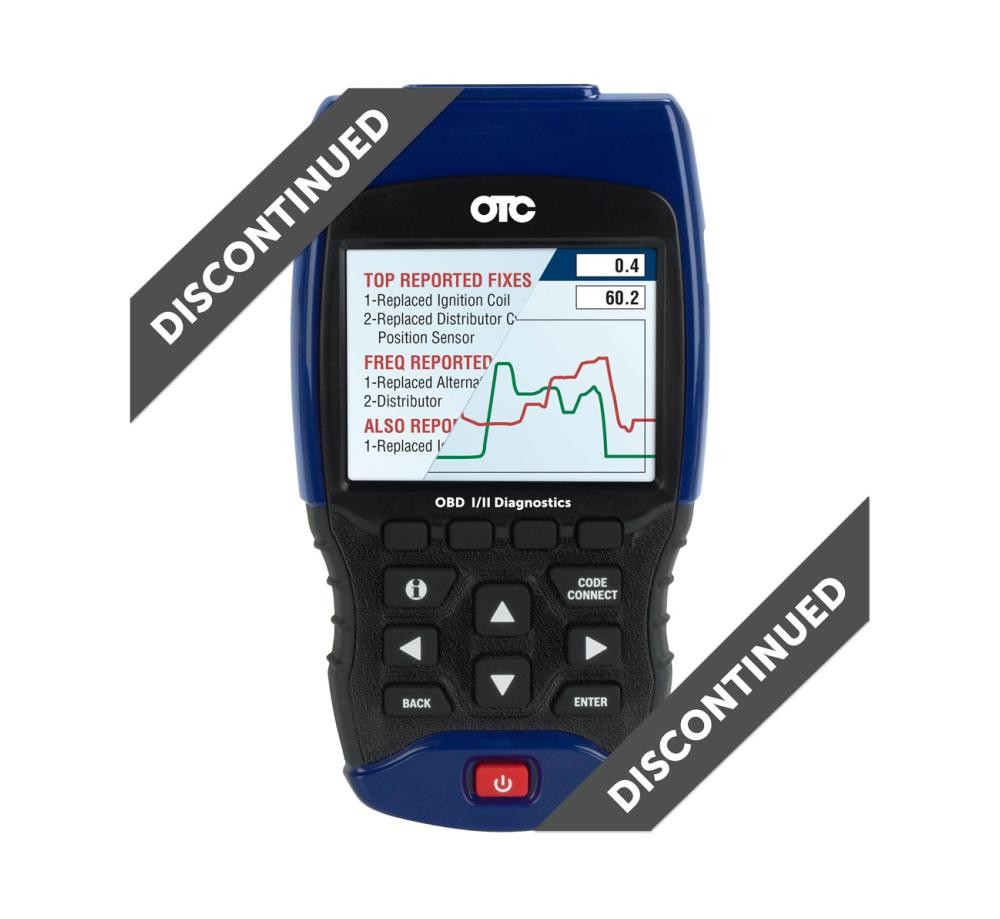Understanding OBD-I and OBD-II and Why You Need a Combined Scanner
On-Board Diagnostics (OBD) systems have evolved significantly over the years. OBD-I was the early generation, used in vehicles before the mid-1990s, and varied widely in terms of protocols and connector types depending on the manufacturer. OBD-II, standardized in 1996 in the USA (and later in other regions), brought uniformity to diagnostic systems, using a standard connector and a set of diagnostic trouble codes (DTCs).
For automotive professionals and serious DIYers, this evolution presents a challenge. Garages and workshops frequently service a diverse range of vehicles, spanning both pre-1996 and post-1996 models. This is where an OBD 1 & 2 scanner becomes invaluable. Instead of needing separate, model-specific OBD-I scanners and a standard OBD-II tool, a combined scanner offers a single, efficient solution. It simplifies the diagnostic process, reduces equipment clutter, and ensures you’re prepared to diagnose almost any vehicle that comes into your bay.
Key Features of an OBD 1 & 2 Scanner
An OBD 1 & 2 scanner is designed for broad compatibility and ease of use. Here are some of the standout features you can expect:
-
Extensive Vehicle Coverage: This type of scanner typically includes cables and adapters to support OBD-I systems for major manufacturers like GM (ALDL), Ford (EEC-IV), Chrysler (SCI), and Toyota (various OBD-I interfaces). Simultaneously, it offers full OBD-II compatibility for all 1996 and newer cars and light trucks, covering all mandated OBD-II protocols (CAN, ISO, PWM, VPWM).
-
Live Engine Data for OBD-I & OBD-II: A critical diagnostic capability is the ability to read live engine data, also known as sensor data or parameters. An OBD 1 & 2 scanner provides this functionality for both older OBD-I vehicles and newer OBD-II compliant ones. This real-time data stream is essential for pinpointing intermittent faults and understanding engine performance under various operating conditions.
-
CodeConnect Database: Many advanced OBD 1 & 2 scanners integrate a CodeConnect database. This feature provides code-specific fixes and repair information, often including verified fixes from ASE-certified technicians. This can significantly speed up the repair process by offering likely solutions based on the diagnostic trouble codes retrieved.
-
ABS & SRS Diagnostics: Beyond basic engine diagnostics, many OBD 1 & 2 scanners extend their capabilities to cover Anti-lock Braking System (ABS) and Supplemental Restraint System (SRS) codes. This broader coverage allows technicians to diagnose and address issues related to vehicle safety systems, which are increasingly important in modern vehicles and were also present in many OBD-I era cars.
-
User-Friendly Interface: Modern OBD 1 & 2 scanners often feature color screens and intuitive menu navigation. Features like dual PID graphing allow for visual analysis of live data, making it easier to spot trends and anomalies in sensor readings.
- Oil Light Reset & Battery Life Reset: Some advanced models include service reset functions like oil light reset and battery life reset. These features can be particularly useful for routine maintenance and service procedures.
Benefits of Investing in an OBD 1 & 2 Scanner
Choosing an OBD 1 & 2 scanner offers numerous advantages:
-
Versatility and Cost-Effectiveness: Instead of purchasing multiple scan tools for different vehicle eras, a single OBD 1 & 2 scanner covers a wider range, making it a more cost-effective and versatile investment for any workshop or serious car enthusiast.
-
Efficiency and Time-Saving: Having one tool that can diagnose both OBD-I and OBD-II vehicles streamlines the diagnostic process, saving time and effort in identifying vehicle faults.
-
Comprehensive Diagnostics: With features like live data, CodeConnect, and ABS/SRS coverage, an OBD 1 & 2 scanner provides a more in-depth diagnostic capability compared to basic OBD-II scanners or older, limited OBD-I tools.
-
Future-Proofing Your Toolkit: While OBD-II is the current standard, OBD-I vehicles are still on the road and require servicing. An OBD 1 & 2 scanner ensures you’re equipped to handle both current and older vehicle systems, future-proofing your diagnostic capabilities.
In conclusion, the OBD 1 & 2 scanner is a vital tool for anyone working on a variety of vehicles, offering a blend of broad compatibility, advanced diagnostic features, and user-friendly operation. It’s an investment that pays off by simplifying diagnostics, expanding vehicle coverage, and ultimately, contributing to more efficient and effective vehicle repairs.

